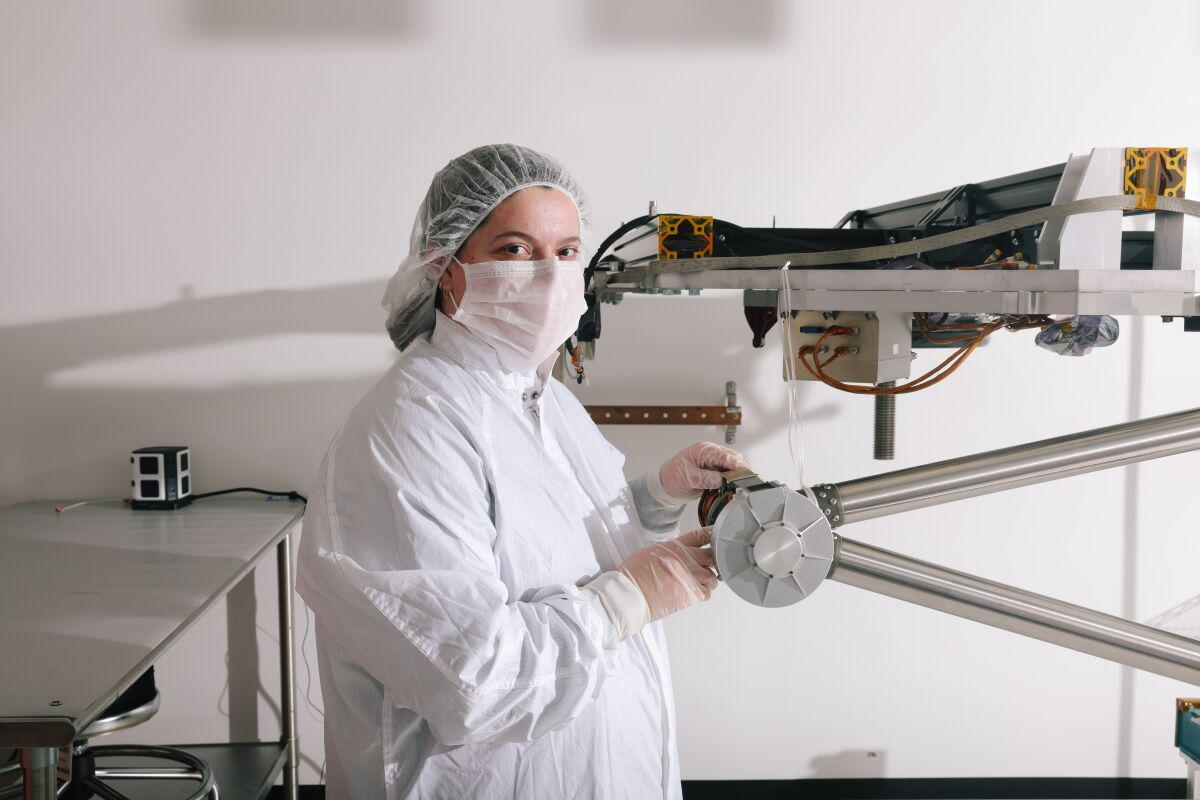News

Lunar Tool Changers and Kinematic Tool Assemblies – Inside Some of Motiv’s Smaller-Scale NASA-Funded Projects
As a key contributor to NASA’s increased utilization of commercial companies, Motiv Space Systems has been awarded several Small Business Innovation Research (SBIR) contracts to develop and demonstrate the feasibility of robotic and mechanism technologies. These advanced capabilities will play a role in unmanned operations in Earth orbit and beyond.
In June 2020, Motiv was awarded a six-month contract to develop a Kinematic Assembly-in-Space Mount (KASM). The research and development of the KASM, which was performed for the Langley Research Center, aimed to contribute to NASA’s On-orbit Servicing, Assembly, and Manufacturing (OSAM) missions, to which Motiv has contributed a number of other technologies.
During Phase I of the SBIR contract, Motiv sought to build simplified prototypes of kinematic mounts that were focused on use in spaceflight mission assembly. The work was focused on investigating the specific geometries, material properties, and other factors that influenced the capabilities of the prototypes. The goal of the research was to move the technology from a technology readiness level (TRL) of 1 (basic principles observed/reported) to 3 (analytical or experimental proof-of-concept).

Motiv’s robotic systems are playing a key role in NASA’s OSAM missions. Credit: Motiv Space Systems
Also awarded in 2020, Motiv’s Lunar Automatic Tool Changer and Holder (LATCH) SBIR contract sought to develop an automated mechanism that could be used to change instruments and tools on a robotic arm deployed to the lunar surface. In conjunction with JPL, Motiv worked to enhance the contamination tolerance of such a tool, which could then be employed for missions to Mars or Earth’s oceans, in addition to the initial plans for the Moon.
Being able to change tools or instruments in an environment such as on the Moon, where the lunar regolith is prevalent and can be damaging, could enhance robotic sampling and investigation in such places. Again, Motiv sought to advance the mechanisms from TRL 1 to TRL 3 during the six-month contract, primarily working to address the contamination issues.

Motiv’s engineers have worked to address the challenges posed to mechanisms by the contaminating environment on the lunar surface. Credit: Los Angeles Times.
The use of robotic systems for space exploration continues to increase, with scientists and engineers on Earth relying on these systems to carry out investigative missions from Earth orbit to the surfaces of the Moon and Mars. By working with companies like Motiv Space Systems on the development of these advanced systems, NASA frees itself to focus on running the mission. Motiv’s role in NASA’s OSAM missions and the future of the Artemis program continues to increase through SBIR awards.
Developing advanced robotic systems that can operate in the harsh environments presented by space exploration has enabled Motiv to contribute to the future of robotic exploration beyond Earth’s atmosphere. The increasing number of SBIR contracts awarded to Motiv demonstrate NASA’s recognition of the vital role the company plays in achieving the goals set forth for robotic and manned space exploration.